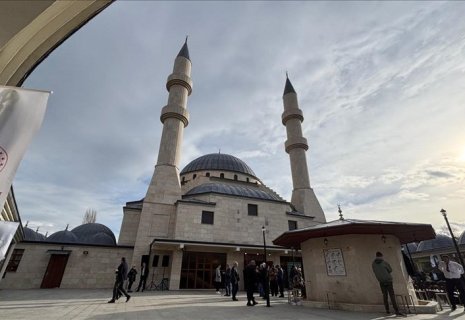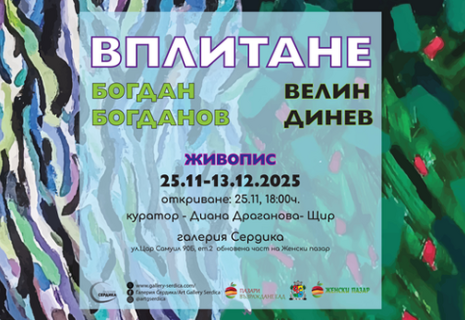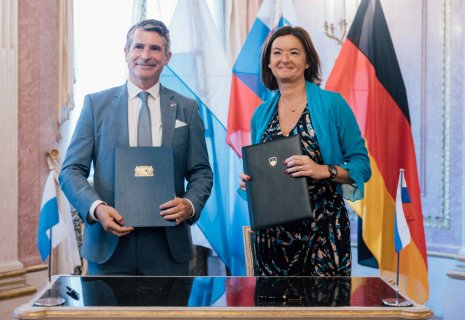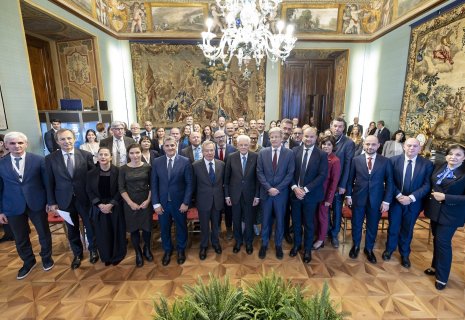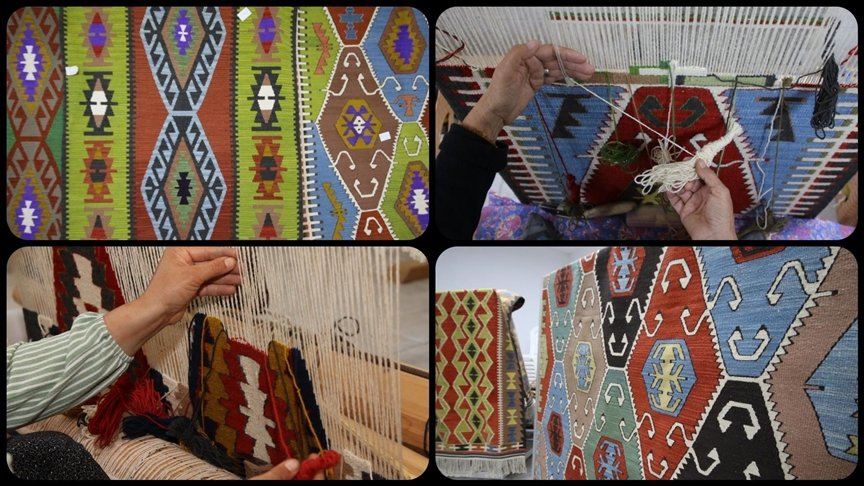
Türkiye’s Barak Kilims gain global attention
Around 300 years ago, families who migrated from Gaziantep to the Boğazcık neighborhood (Türkiye) began weaving Barak products such as kilims, prayer rugs, runners, and saddlebags on the looms they set up in their homes.
Over time, this handicraft faced the danger of disappearing due to migration and technological developments. Considered to be roughly 400 years old according to anthropological research, this cultural heritage was revived in 2023 through initiatives led by the Kaş Municipality, CE Report quotes Anadolu Agency.
Barak kilim weaving, included in the municipality’s “Local Products Meet Tourism” project, became eligible for support within the Social Development Support Program (SOGEP), carried out by the Western Mediterranean Development Agency (BAKA) under the Ministry of Industry and Technology.
After renovating the old school building in Boğazcık, the municipality transformed it into a social space and installed weaving looms there in cooperation with the Kaş Public Education Center and the Forestry Directorate’s Non-Wood Services Branch.
With the project coming to life, the women of the neighborhood returned to the traditional looms. Thanks to the dedication of volunteer women who teach the craft to younger generations just as they learned it from their elders, the sound of weaving once again fills the workshop.
Barak kilims produced on 13 looms under the cooperative are sold to tourists visiting the district and also draw interest from several European countries.
“Trust in women has added value to the region”
Aslı Veznecioğlu Kurtuldu, President of the Barak Women’s Cooperative, told Anadolu Agency that trusting women in preserving this traditional art has brought value to the region.
She said the women worked with great dedication:
“Through the cooperative, our women have grown both economically and personally. Most importantly, their confidence has increased. We know that when women gain economic strength, they become more active in every area.”
Kurtuldu noted their international partnerships and that their project had earned rights to benefit from EU support.
“We met with our partners in Greece last month, and we expect them to visit Kaş in November. We will organize training programs to strengthen our cooperation. Our kilims are receiving great interest in Germany as well. We will soon travel to Estonia and Latvia. Our goal is to promote our kilims to wider European audiences.”
Natural wool, plant-based dyes, and handcrafting become art
Kurtuldu explained that Barak kilims are produced entirely with natural materials:
“We source the wool ourselves and dye it with natural plant dyes. A small prayer-rug-sized kilim takes about a month to complete, while large kilims require 3 to 4 months. We usually produce in standard sizes but can also make custom designs. We create modern items inspired by traditional motifs — bags made from kilim patterns attract a lot of attention, especially from foreign tourists. Being on the Lycian Way brings many hikers to our center, which increases our visibility.”
She added that Barak kilim motifs have been passed down for centuries:
“Some of the most common motifs are ‘Bıçkılı’, ‘Türkmen’, and ‘Koçbaşı’. Prices vary depending on size, color, pattern, and the weaver. Small kilims start at 10,000 lira; large handmade kilims range from 35,000 to 70,000 lira.”
“Kilim weaving was part of life”
Zeynep Akman, who has woven Barak kilims since childhood, said:
“Every house had looms. Kilim weaving was our main livelihood. Kilims were part of wedding dowries and even used in funerals — they were essential to life. Families would marry off their children with the money earned from kilims. Now, thanks to the cooperative, we are weaving again and teaching the craft in a joyful environment.”
Fatma Gökçe, who learned weaving from her grandmother and mother, said she has been weaving for around 40 years and now teaches others.
Fatma Çalışkan said she learned Barak weaving at the cooperative and contributes to her family income by selling the kilims.
Walnut shells give brown, pomegranate skins give black
Wool yarns used in Barak kilims are prepared through meticulous work. Plants are used to dye the yarns naturally.
Master dyer Mustafa Çalışkan said they use 7–8 main colors:
“For example, we get brown from walnut shells, black from pomegranate peels, red from root herbs, and blue from indigo. Yellow comes from the ‘muhabbet flower.’ Mixing yellow with blue gives us green. Some plants are boiled for 1–2 hours; others are soaked overnight. The dyes contain no harmful substances — they are completely natural. These natural dyes produce very valuable, beautiful kilims.”










